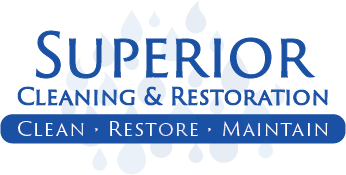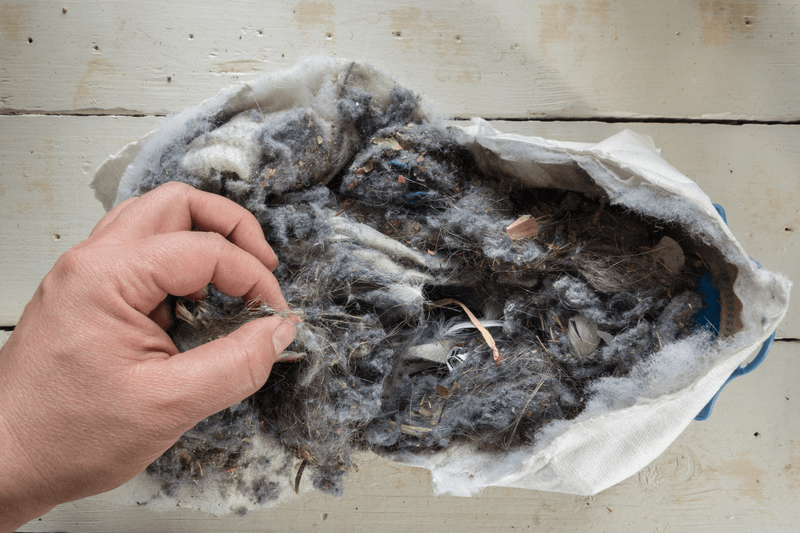

The Often-Forgotten Vacuum Bag
Vacuum cleaners are an integral part of life for any family and a common tool used daily in commercial buildings.
While the vacuum hums along doing its job, picking up dirt, grit, debris, and potential contaminants, there is a part of the vacuum we might not think about that often.
You usually can’t see it… but it’s right there, inside your vacuum cleaner — the bag.
The vacuum bag is the repository of all substances that the vacuum collects through the beater bar or suction assembly and hoses. Unless you use a bagless vacuum, and there are some on the market today, all air goes from the surface being vacuumed and through the vacuum bag. The air you breathe around a vacuum is partly the air that has passed through the unit.
Problem detected
You know you have a problem when you turn on the vacuum cleaner and notice a foul odor. What you are detecting is the result of organic and inorganic matter inside the vacuum bag that has had time grow microorganisms that create odors. A vacuum bag that has sat a long period of time without being changed or cleaned can produce significant bad odors.
While your vacuum cleaner manufacturer will have recommendations on the frequency of changing the bag, those are simply general recommendations. Professional carpet cleaners recommend changing a bag when one-half to two-thirds full.
Is that enough?
The nose knows
In addition to following a schedule, use some common sense. Remember that a vacuum bag in the dark that is stuffed with organic soils will quickly become an odor-causing source. If you vacuum every day, you may not notice it. But give it a week or two, and the odors become evident.
At the first hint of an odor, change the bag. Even if you vacuum once or twice, and put the vacuum away for several days, it may be good to change the bag before using it again.
Remember compared to your health, which is priceless, Bags are cheap.
More To Explore
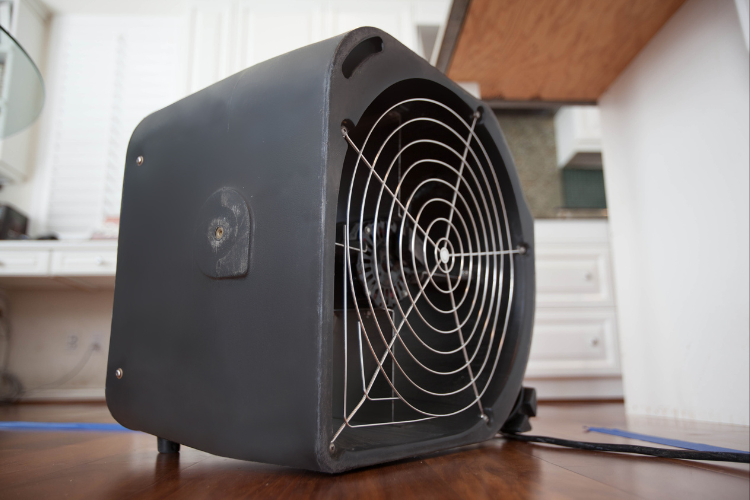
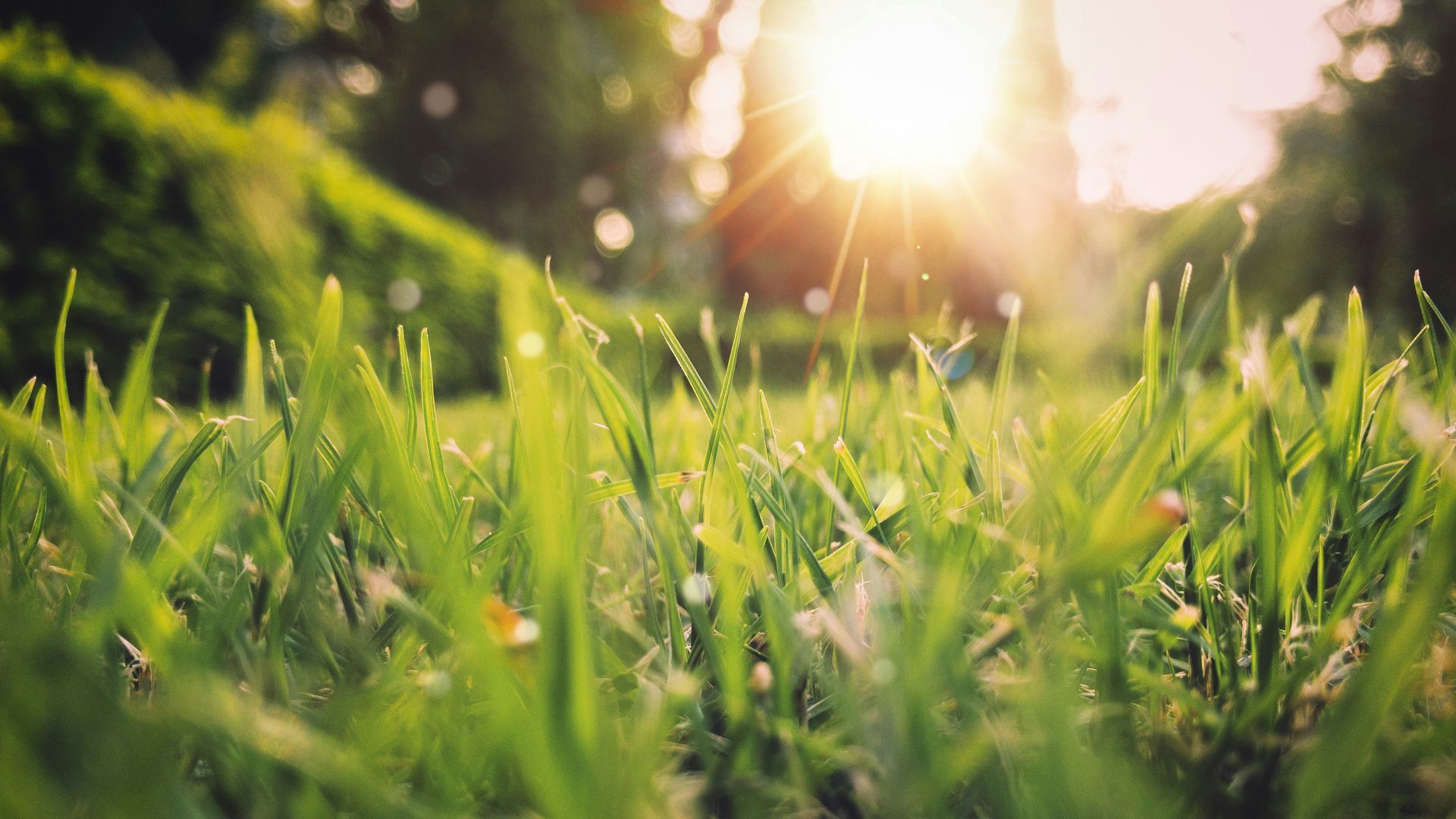
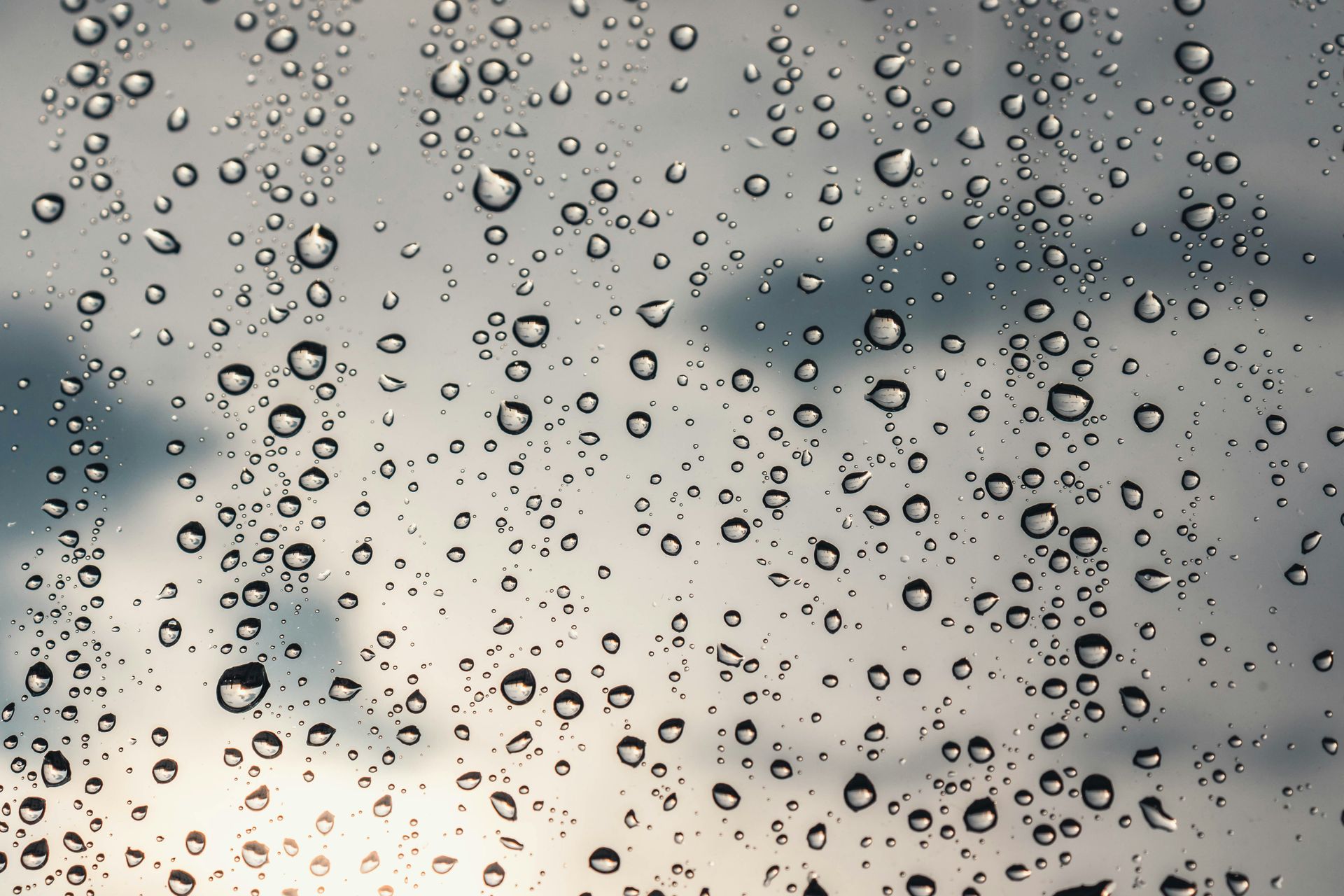
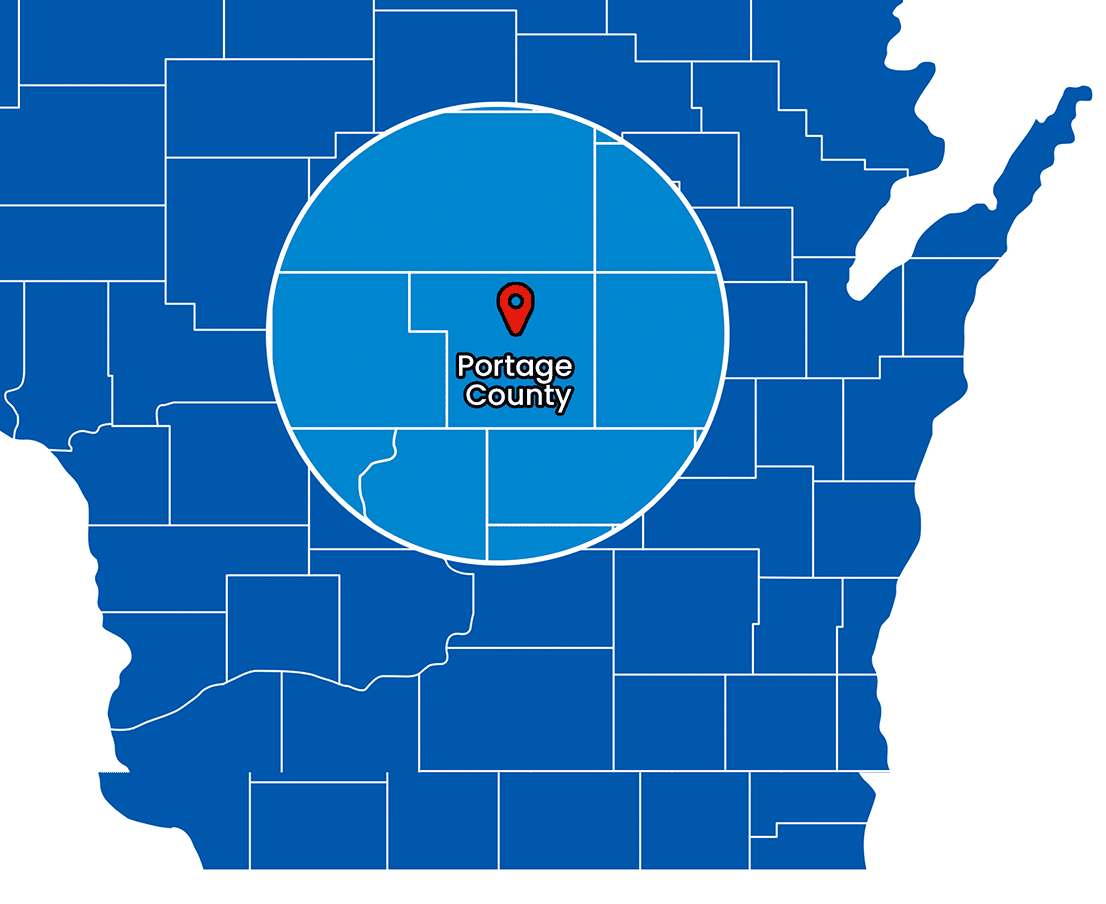
Superior Cleaning & Restoration Service Areas
Get A Free Estimate
Do you have questions, need more information, or a would you like a worry-free, no obligation estimate? Fill out this bit of information and we'll contact you asap!
Need Help With Cleaning & Restoration?
GET A FREE QUOTE TODAY
We are IICRC certified and hire only the most trustworthy and dedicated team members to ensure that each job is taken seriously and handled with absolute professionalism.
All Rights Reserved | Superior Cleaning & Restoration
